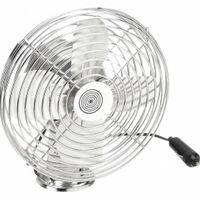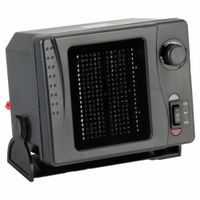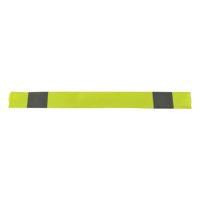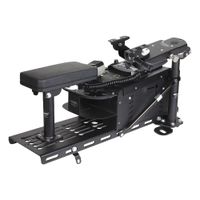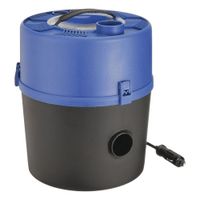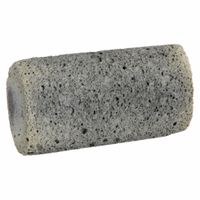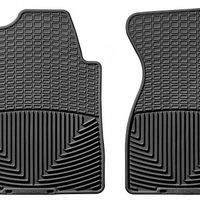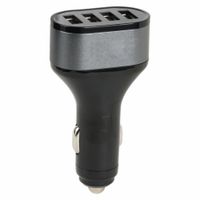- Home
- Fleet Vehicle Maintenance
- Vehicle Accessories
- Interior Vehicle Accessories
Interior Vehicle Accessories
Interior vehicle accessories provide comfort, organization, convenience, and information while on the road. Adapters and chargers add outlets in the vehicle for powering and charging interior accessories. Mobile electronic mounts allow drivers to easily access information on their laptops, tablets, .....Read More
Frequently Asked Questions
What are the best interior vehicle accessories for comfort?
How do I choose the right mobile electronic mount for my car?
What are the benefits of using auxiliary vehicle fans and heaters?
How do air purifiers work in a vehicle?
What should I consider when buying adapters and chargers for my car?
How do I maintain and clean floor mats effectively?
What are the advantages of using interior covers and cushions in a vehicle?
